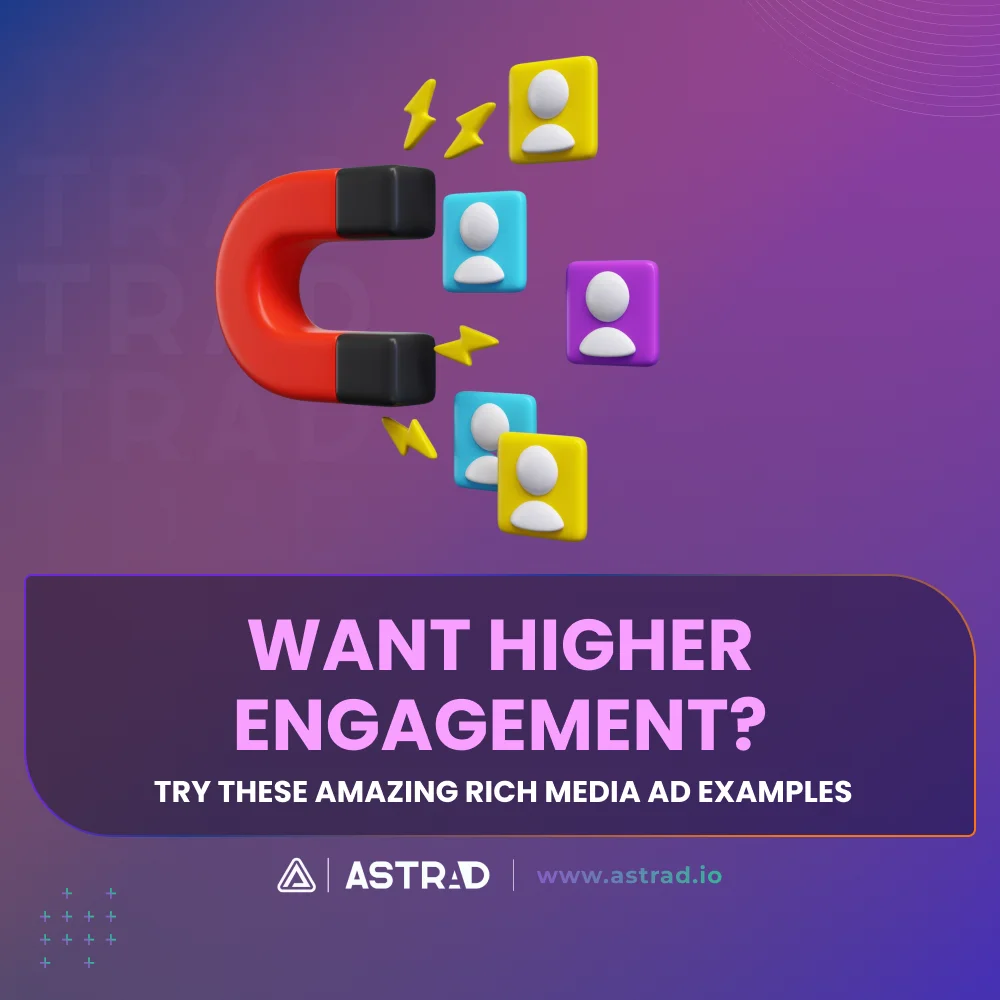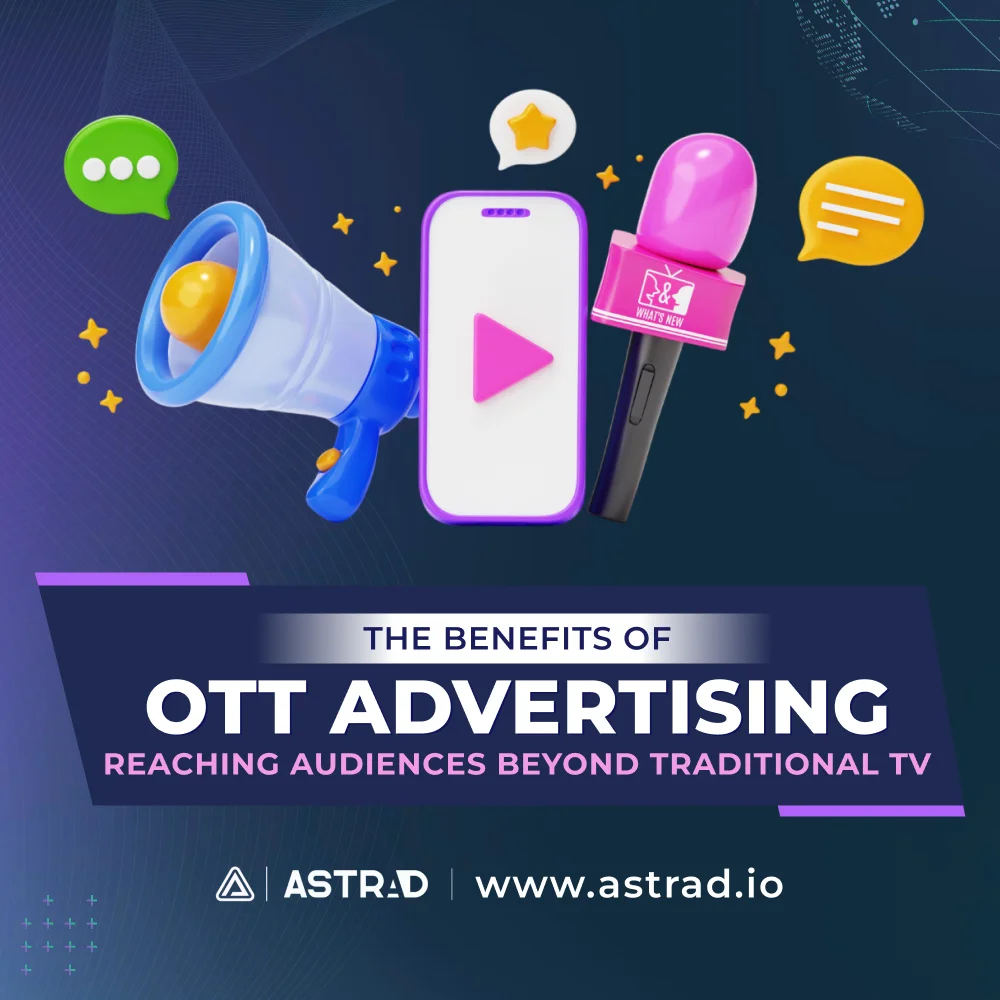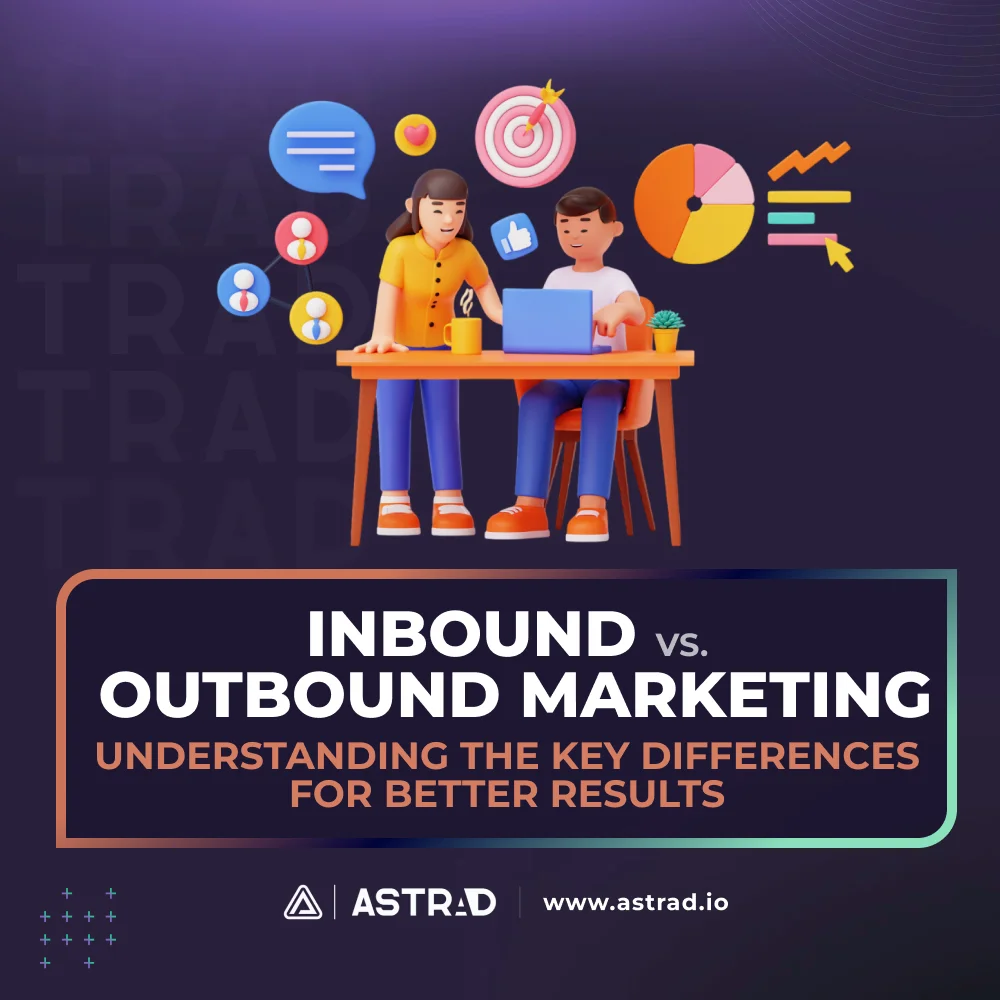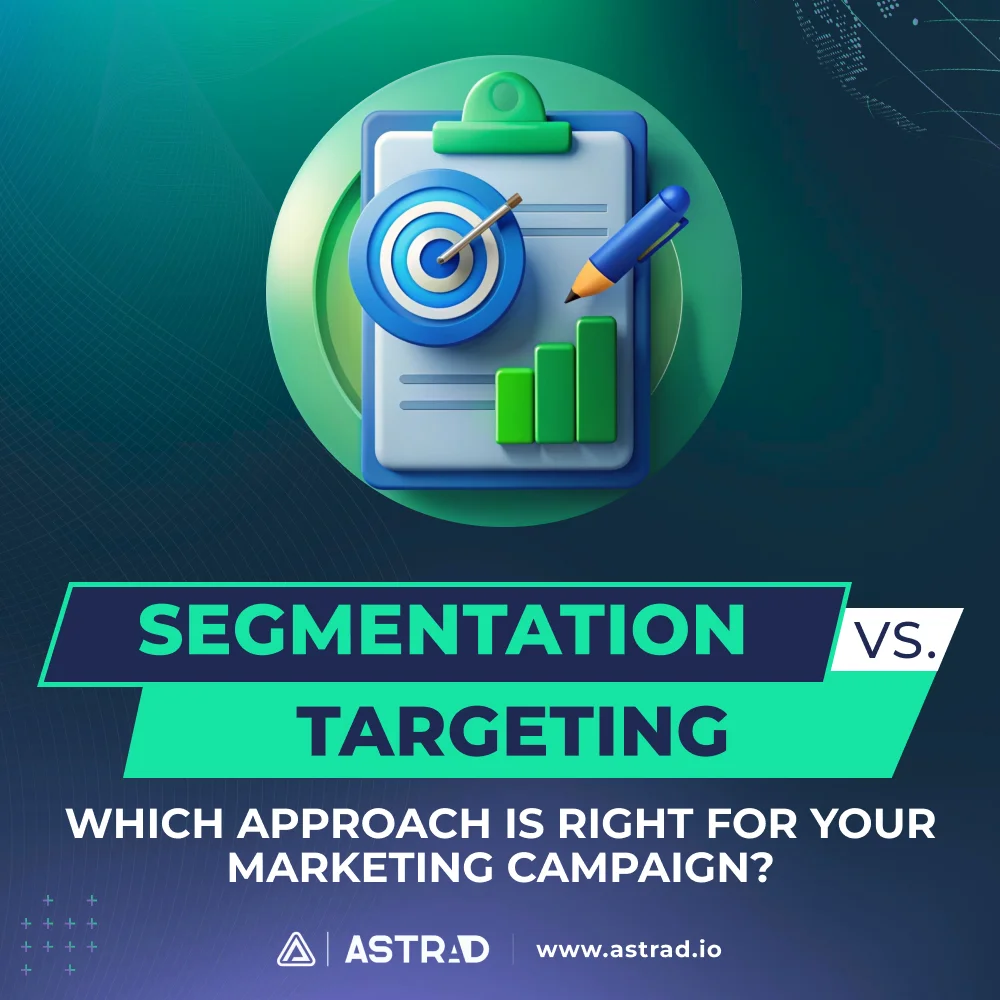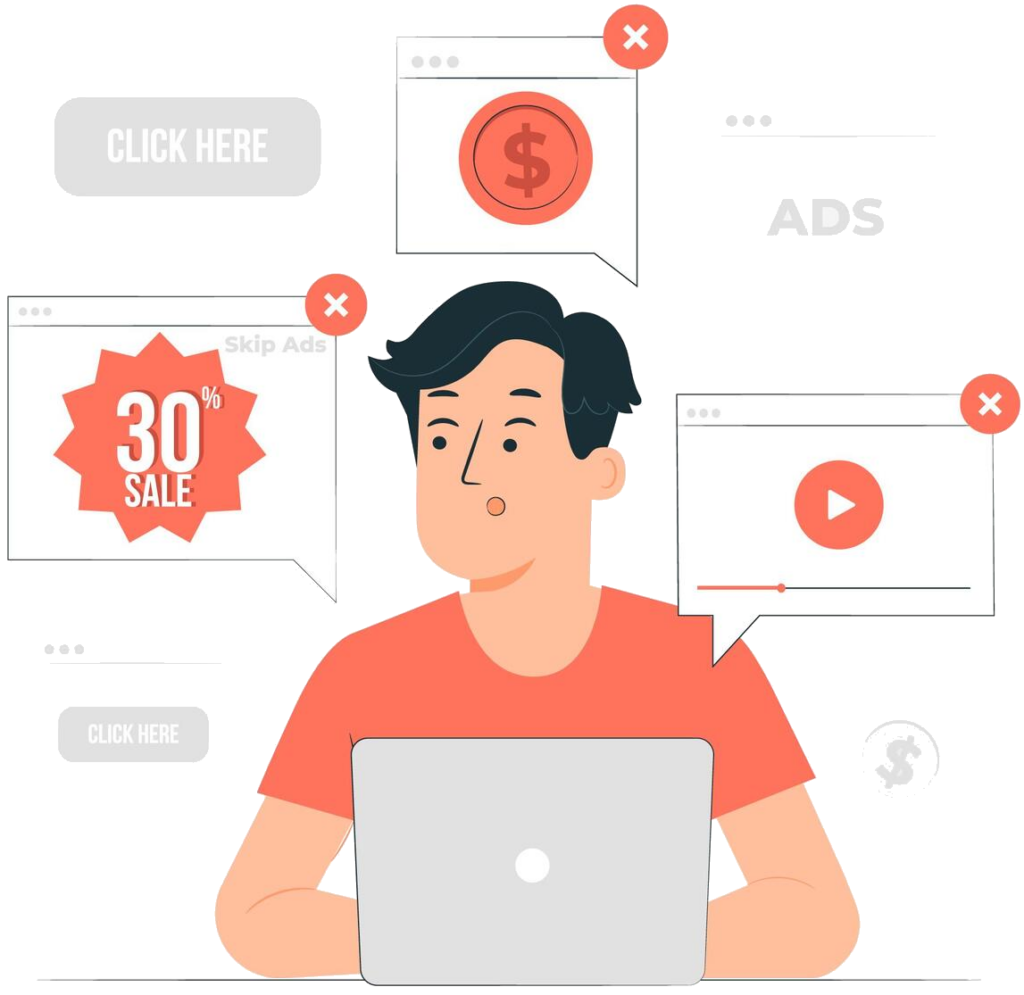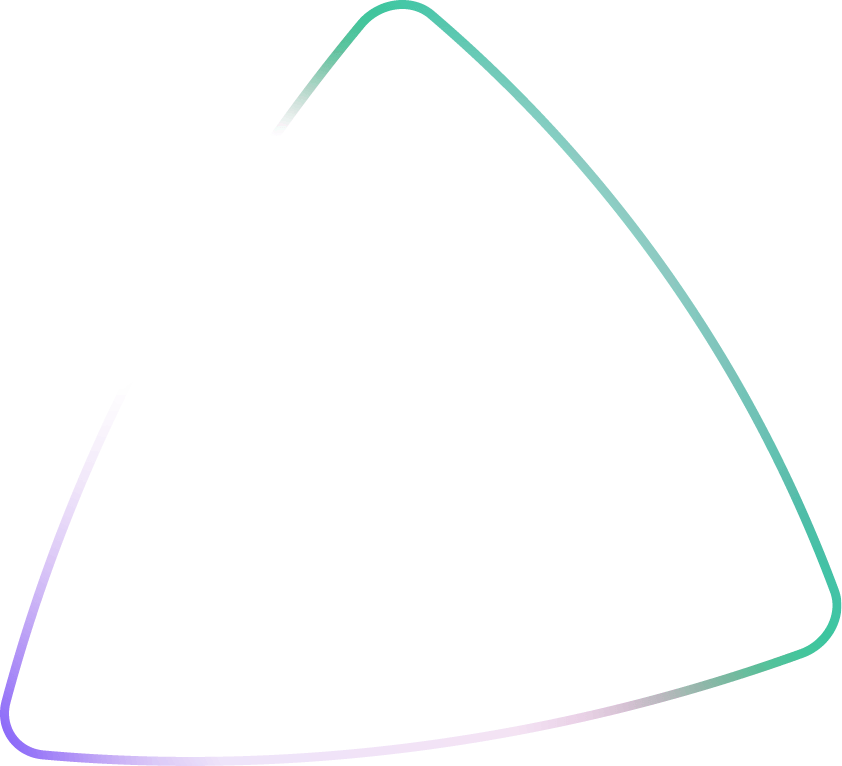Imagine this: you’re scrolling through your social media feed, and suddenly, an ad stops you in your tracks. It’s not some bland, static banner, but a vibrant, interactive experience that pulls you in. You can watch a quick video, interact with a product, or even play a mini-game—all in one ad. That’s the magic of rich media ads.
In a world where getting your audience’s attention is harder than ever, brands are turning to rich media ads to create those “wow” moments. These ads are dynamic, interactive, and, most importantly, they get results. If you want to stop your audience from scrolling past your content, you need to embrace rich media ads.
In this article, we’ll dive into the world of rich media ads, show you why they’re so effective, and share 10 examples of rich media ads that have captured attention—and driven results. Ready to level up your marketing game? Let’s go.
The Importance of Engagement in Advertising
Let’s be real: we all know the struggle of trying to get people’s attention online. With so many distractions—notifications, pop-ups, new cat videos—how do you ensure that your ad doesn’t get ignored? Simple: engagement. If your ad doesn’t spark any interaction, it’s like sending a party invite to a friend who’s already booked solid for the weekend. They’ll probably never even see it.
When your ads engage your audience, something amazing happens. They start to care. They start to interact. They start to remember you. And the best part? They’re more likely to take action—whether that’s clicking on your ad, sharing it, or making a purchase.
So, what’s the secret to higher engagement? Enter rich media ads.
What Are Rich Media Ads?
Think of rich media ads as the interactive, multimedia superheroes of the advertising world. Unlike traditional banner ads, which are static and easy to ignore, rich media ads integrate video, animation, audio, and other interactive elements into the ad experience. They make you feel something, whether it’s excitement, curiosity, or just sheer surprise.
These ads aren’t just here to deliver a message—they’re here to create an experience. Whether it’s a click, a swipe, or a mini-game, rich media ads encourage user participation. And let’s be honest—when users are actively involved, they’re way more likely to engage with the brand.
Key Features of Rich Media Ads
Let’s break down what makes these ads so powerful:
- Interactivity: Ever clicked on an ad to see what happens next? That’s the power of interactivity. Rich media ads invite users to engage in some way—whether it’s dragging, clicking, or swiping. The more involved a user feels, the more likely they are to stick around.
- Multimedia: These ads combine different types of content—videos, images, animations, and even sound. It’s like a sensory overload, but in the best way possible. Instead of just reading a message, users experience it.
- Dynamic Content: Unlike static ads that don’t change, rich media ads adapt based on user interaction or location. This makes them feel more personal, and let’s face it, everyone loves a little personalization.
Why Do Rich Media Ads Work?
They work because they make the user feel something. And when users feel something, they engage. Here’s why:
- Higher User Interaction: Static ads just don’t cut it anymore. People want to interact. And when they do, they’re far more likely to stick around, remember your brand, and even take action.
- Better Attention Span: It’s no secret that our attention spans are short. But rich media ads are more engaging—they make users stop scrolling and pay attention to what’s going on. A quick video? An interactive quiz? They’re far more likely to hold your attention.
- Stronger Brand Message: Rich media ads help brands tell a more compelling story. They allow you to combine visuals, audio, and interactive features to create a deeper connection with your audience. And the stronger the connection, the more likely they are to convert.
Now that we know why rich media ads are so effective, let’s take a look at 10 examples of rich media ads that have really nailed it.
10 Examples of Rich Media Ads That Captured Attention
If you’re on the hunt for some serious inspiration, you’ve come to the right place. Rich media ads are the type of content that stops users mid-scroll, grabs their attention, and gets them involved. These ads do more than just display a message—they invite interaction, they entertain, and they engage.
Let’s dive into 10 rich media ad examples that nailed it and captured people’s attention in unforgettable ways.
1. Interactive Video Ads
Imagine you’re watching a video, but this time, you have control. Interactive video ads let users choose what happens next—just like picking your own adventure in a book. A standout example is The North Face, which used an interactive video ad to take viewers on a journey where they could choose different outdoor activities.
It wasn’t just an ad; it was an experience that felt personal and immersive. By involving the viewer in the narrative, they managed to make the brand feel closer, creating a stronger connection with their audience.
2. Expandable Banner Ads
Expandable banner ads are the digital version of a surprise gift. These start out as small, simple banners, but when you click on them, they expand into a larger format with more content. Ford did an incredible job with expandable ads to showcase their latest car models.
Instead of just seeing a static image, users could explore the car’s features in more detail or watch a quick video. It’s like opening a gift to reveal a whole new world inside. This ad format allows brands to engage users with extra content without overwhelming them right from the start.
3. Shoppable Ads
Ever wished you could shop directly from an ad? With shoppable ads, that dream is now a reality. Brands like ASOS are leading the way with shoppable ads on Instagram and Facebook, allowing users to browse and buy products right within the ad itself.
No need to leave the platform or even open a new tab—you can browse items, tap to view more, and make a purchase—all in one seamless experience. It’s convenient, efficient, and a game-changer for e-commerce.
4. Gamified Ads
Who says ads have to be boring? Coca-Cola took things up a notch with gamified ads that invited users to play mini-games. Imagine playing a simple game and winning prizes, all while engaging with the brand.
It wasn’t just an ad—it was a full-on experience that entertained users and encouraged them to spend more time interacting with the brand. By making the ad experience fun, Coca-Cola created a memorable experience that was more about engagement than just delivering a message.
5. Parallax Scrolling Ads
If you’ve ever wanted to feel like you’re stepping into another world through an ad, parallax scrolling ads make that happen. This effect creates the illusion of depth as the user scrolls, adding a 3D-like experience to the ad.
The New York Times used parallax ads to tell immersive stories, making their content feel like something beyond a regular ad. As you scroll through the ad, elements move at different speeds, creating a dynamic and engaging visual effect that’s tough to ignore. It’s a brilliant way to add layers to an ad and give users something visually stunning to engage with.
6. Interactive Story Ads
With interactive story ads, the experience feels like you’re part of the narrative. Brands like Mercedes-Benz have nailed this on platforms like Instagram, where users can click through a series of stories that reveal different aspects of a car model.
Each story feels like a chapter, and users get to “participate” by clicking through to discover more details. These types of ads make the user feel like they’re part of a journey, giving them a more personal, engaging interaction with the brand.
7. Rich Media Ads with Social Sharing Features
Sometimes, the best way to spread the word about a brand is by letting your users do it for you. T-Mobile used social sharing features in their rich media ads to encourage users to share the content with their friends.
By making sharing easy and rewarding, T-Mobile was able to amplify their message across a wider audience. Not only did this increase engagement, but it also helped the brand reach a larger network of potential customers, all thanks to the power of social sharing.
8. Augmented Reality (AR) Ads
Augmented reality ads are changing the way users interact with products online. IKEA is a standout example, allowing users to place virtual furniture in their homes via the brand’s AR app. Want to see how a new couch will look in your living room?
Simply use the app, and the furniture is right there in front of you, in real time. This innovative ad format bridges the gap between the physical and digital worlds, allowing customers to interact with products in a way that feels personal and super helpful.
9. Interactive Poll or Survey Ads
Interactive polls or survey ads turn the idea of “filling out a form” into something much more engaging. Spotify used this format to gather feedback from users while also keeping them engaged. The poll could be related to their music preferences, a new feature, or even brand sentiment.
These types of ads make users feel like their opinions matter while providing brands with valuable data. It’s a win-win, and it keeps the audience involved in the ad experience rather than passively watching.
10. Rich Media Ads with Geo-targeting
Geo-targeting ads are all about delivering the right content at the right time, based on your location. McDonald’s has done a great job using geo-targeted ads to show users nearby deals, whether it’s a special offer at their local store or a promo for an item that’s trending in their area.
These ads feel relevant because they take the user’s location into account, offering them personalized deals that they can act on right away.
The Benefits of Rich Media Ads Over Traditional Display Ads
You might be wondering: “Why should I use rich media ads instead of good ol’ traditional display ads?” Here’s why:
- Increased Engagement: Rich media ads naturally encourage interaction, which means more clicks, more shares, and more attention.
- Better Brand Recall: The immersive nature of these ads makes them more memorable. When users interact, they remember you.
- Higher Click-Through Rates (CTR): Since they’re more engaging, rich media ads generally have higher CTRs compared to regular banner ads. It’s simple—people like to engage with these ads.
- Improved ROI: With higher engagement comes higher conversion rates. When you deliver relevant, interactive content, you get better returns on your ad spend.
Conclusion
At the end of the day, the key to effective advertising is engagement. If you want your ads to stand out, get noticed, and actually make an impact, rich media ads are the way to go. With their dynamic, interactive nature, they can help your brand forge deeper connections with your audience, leading to better engagement, higher conversions, and stronger customer loyalty.
So, what are you waiting for? Try out these 10 examples of rich media ads, experiment with different formats, and optimize along the way. Keep testing, keep refining, and watch as your campaigns drive more meaningful results.

